Introduction
In today’s AI landscape, Explainable Artificial Intelligence (XAI) has become essential for understanding and trusting complex models. At Takeoff Edu Group, we recognize that with the rapid rise of foundation models such as large language models (LLMs) and powerful ensemble architectures, interpretability is now a core requirement. Conventional approaches such as SHAP, LIME and counterfactual explanations.
Once designed for simpler models, are evolving to meet the demands of LLM interpretability and ensemble model transparency. The challenge lies in making sense of decisions made by black‑box systems without sacrificing their predictive power.
SHAP for LLMs and Foundation Models
SHAP (SHapley Additive exPlanations) is best suited to assign importance scores to the features of a prediction. In the era of foundation models, SHAP is being adapted to handle token‑based and concept‑based reasoning.
- Token‑level attribution: In LLMs, inputs are split into tokens. SHAP assigns contribution scores to each token, showing which words or phrases most influenced the output.
- Concept‑level explanations: Tokens are grouped into higher‑level concepts such as sentiment, topic, or named entities, giving a more intuitive view of model reasoning.
- Layer‑wise SHAP: Attribution is traced through different layers of the transformer, revealing how intermediate representations evolve before producing a final output.
For ensemble model transparency, SHAP can also break down how individual models contribute to a combined prediction, enabling stakeholders to see the balance between different algorithms in hybrid AI systems.
LIME for Complex and Multimodal AI
LIME (Local Interpretable Model-agnostic Explanations) explains predictions by modifying the input and modeling the truth value locally with a simple surrogate model. For LLM interpretability, LIME now operates beyond numerical datasets.
- Text‑based LIME: Instead of changing numerical features, LIME replaces or paraphrases words in prompts to observe output changes, pinpointing influential phrases.
- Multimodal LIME: Modern foundation models often operate on many data types. (Immediately thinking text and images). LIME now perturbs these inputs jointly to see cross‑modal effects.
- Distributed LIME for ensembles: LIME explanations can be generated for each model in an ensemble and then merged, highlighting both local and aggregated decision factors.
At Takeoff Edu Group, we see these LIME advancements as critical for making massive AI systems more transparent and suitable for real‑world deployment.
Counterfactual Explanations for “What‑If” Scenarios
While SHAP and LIME explain why a decision happened, counterfactual explanations represent how a different decision could have been reached with minimal changes to the input.
- Prompt counterfactuals in LLMs: Modifying keywords or sentence structures in a prompt to see how the model’s response changes can reveal hidden sensitivities.
- Semantic counterfactuals: Adjusting the meaning of inputs in embedding space (e.g., increasing an applicant’s income in a credit model) tests the model’s decision boundaries.
- Counterfactuals for ensemble transparency: Analysts can inspect where models are agreeing or disagreeing by finding changes that modify predictions across several sub models.
Counterfactual explanations are especially useful with fairness audits, as they can illustrate if the distribution of outcome shifts unequally because of changes in demographics or context.
Challenges in Evolving XAI Methods
The adaptation of SHAP, LIME, and counterfactual explanations for foundation models and ensemble model transparency brings unique challenges:
- Scalability: Running token‑level SHAP or large‑scale counterfactual searches for billion‑parameter models can be computationally expensive.
- Faithfulness vs. simplicity: Local surrogates from LIME must remain faithful to the original model without oversimplifying its logic.
- Interpretation for non‑technical audiences: Raw attribution scores must be translated into clear, actionable insights.
- Dynamic behavior: LLMs sometimes will provide different outputs for similar prompts, making the prospects of consistent explanations more difficult.
The landscape for XAI tools is rapidly advancing, as it is becoming easier to combine SHAP, LIME, and counterfactual or what-if analyses in a single dashboard so we have a more transparent model.
The Road Ahead
The future of Explainable Artificial Intelligence (XAI) will likely merge these explanation methods into unified, interactive platforms. Analysts will be able to zoom in from global model behavior to token level attributions and to comparisons of explanations across ensemble components, and instant tests of counterfactual scenarios. This type of holistic working of model explainability will help not only improve LLM interpretability and provide compliance with transparency regulations in the finance, health care, legal tech and other fields.
As foundation models continue to scale and blend with other architectures, the need for ensemble model transparency will grow. SHAP, LIME, and counterfactual explanations. Once considered niche, are now critical to bridging the gap between AI’s decision‑making power and human understanding.
Conclusion
In the age of black‑box foundation models, Explainable Artificial Intelligence (XAI) is no longer optional, it’s essential. At Takeoff Edu Group, we believe that by evolving tools like SHAP, LIME and counterfactual explanations for LLM interpretability and ensemble model transparency, we can help build AI systems that not only perform at the highest level but also explain themselves clearly and reliably.
Want to know more about Explainable Artificial Intelligence (XAI)? Look at our expert project assistance at Takeoff Projects.
📩 Contact us at info@takeoffprojects.com/+91-9030333433, +91-9393939065.
🌐 Visit: https://takeoffprojects.com/
Stay tuned for upcoming projects and events from Takeoff Edu Group, where we bridge the gap between theory and practice!
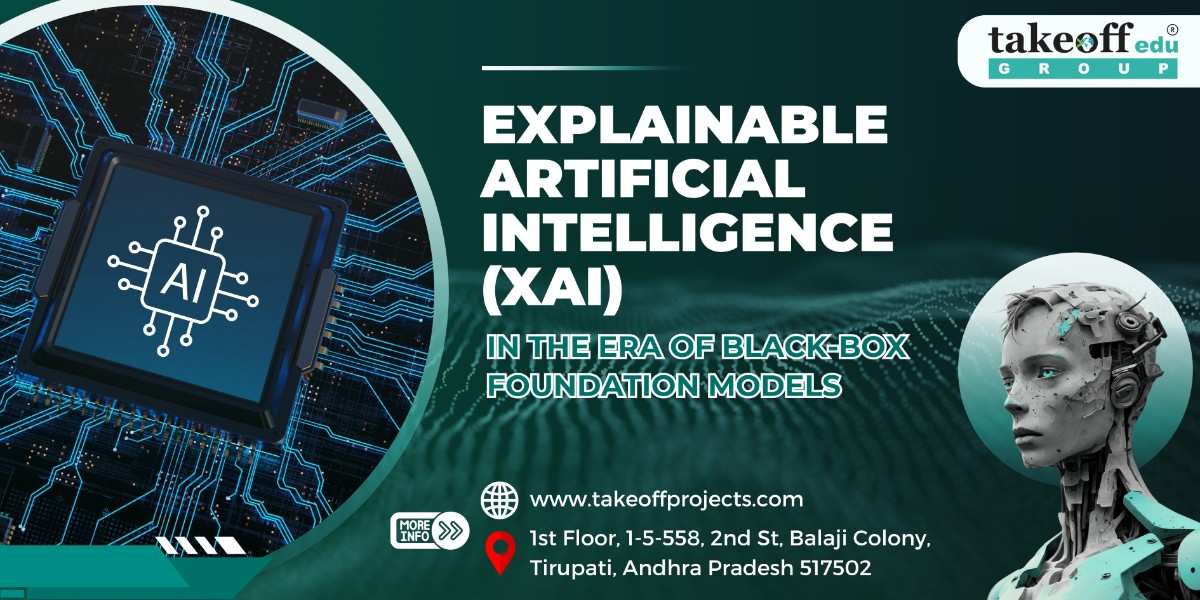
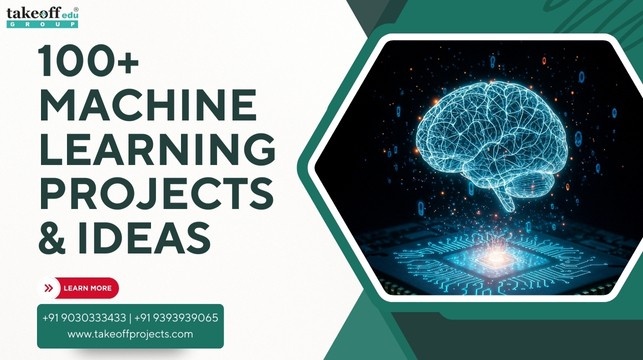 100+ Machine Learning Projects & Ideas for Students
100+ Machine Learning Projects & Ideas for Students  Top 10 Innovative AI Project Ideas for Final Year Students
Top 10 Innovative AI Project Ideas for Final Year Students  Personalized AI Companions: A new wave of Emotional Intelligence in GenAI
Personalized AI Companions: A new wave of Emotional Intelligence in GenAI 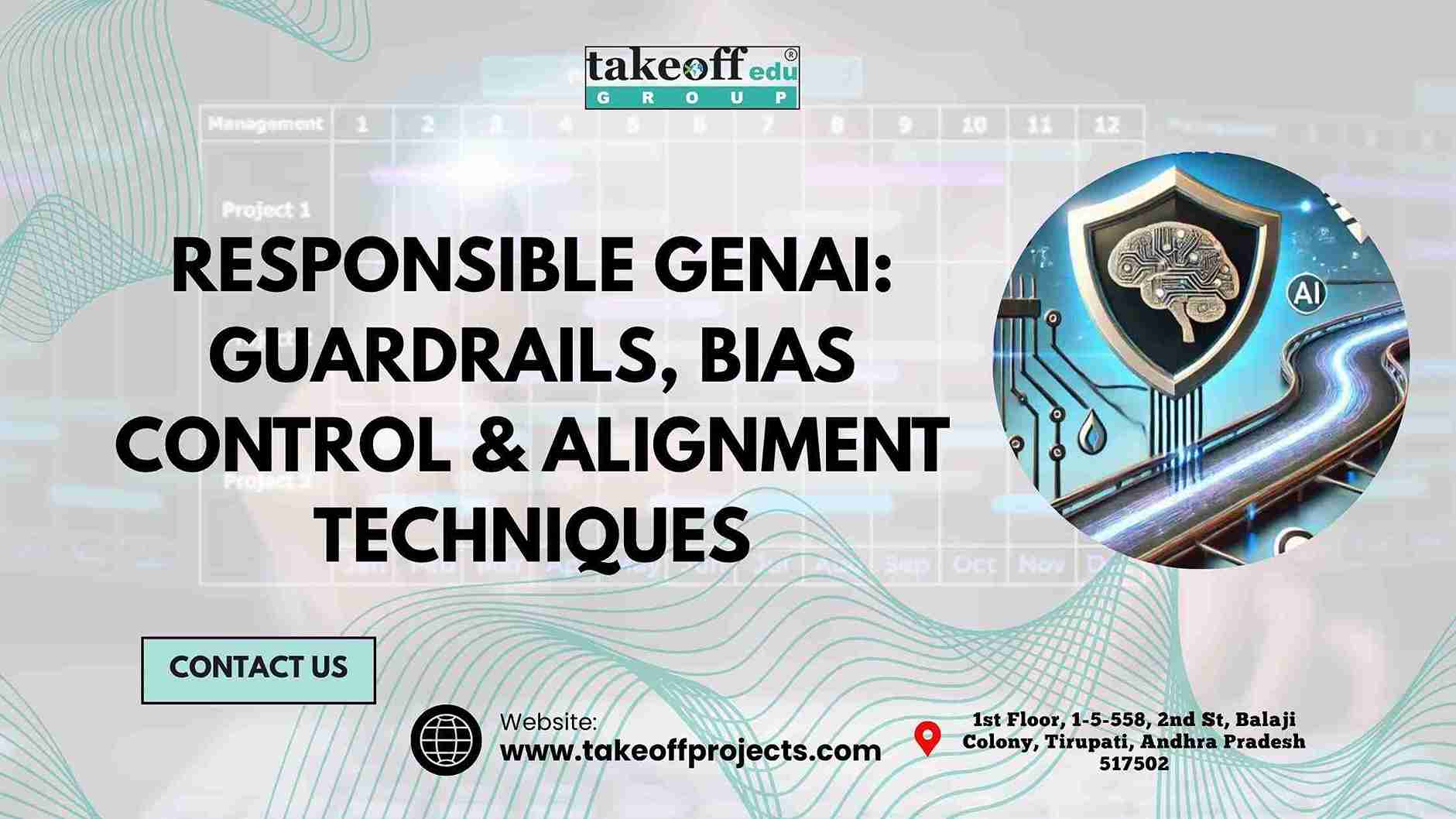 Responsible GenAI: Guardrails, Bias Control, and Alignment Techniques
Responsible GenAI: Guardrails, Bias Control, and Alignment Techniques 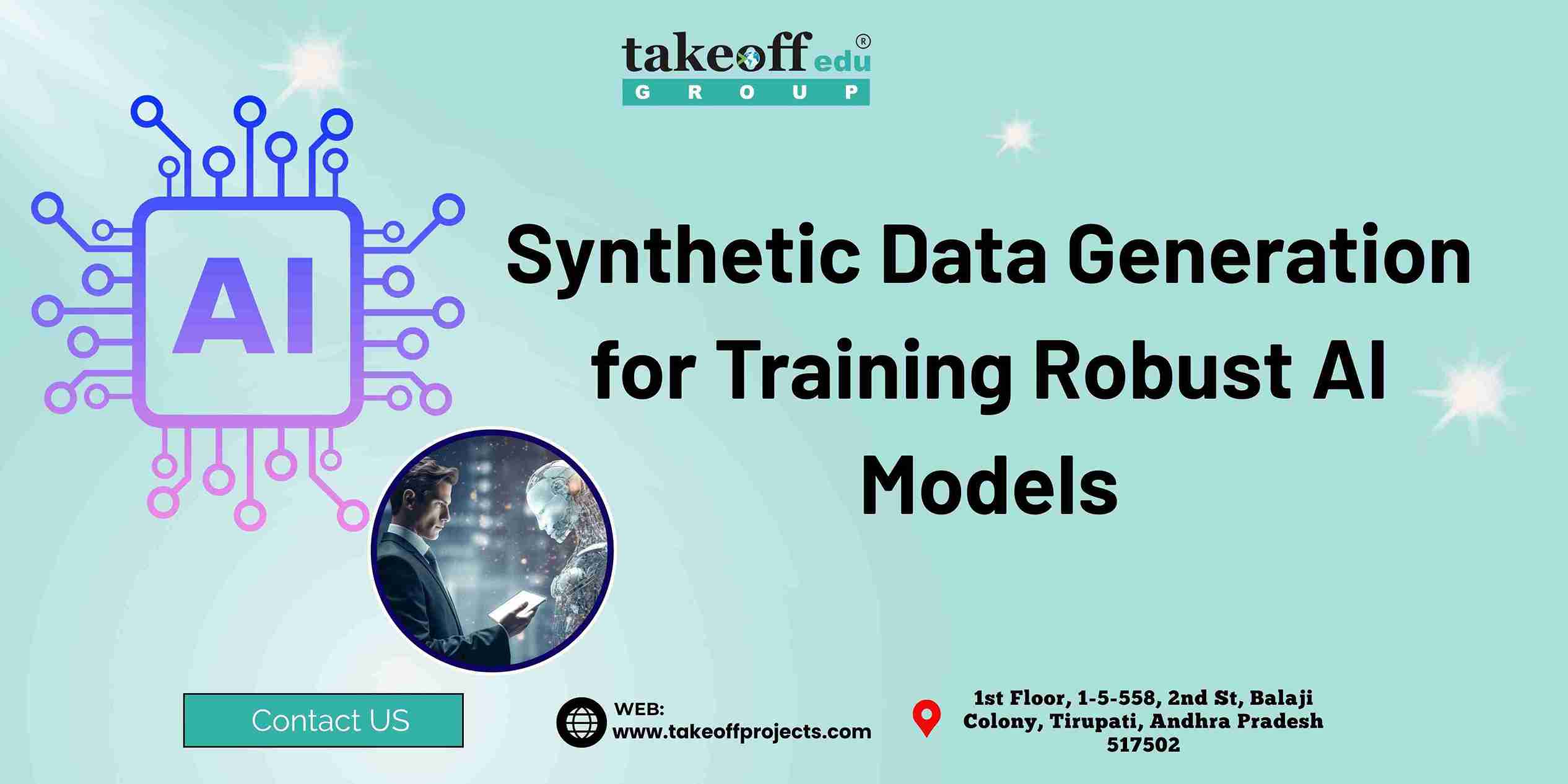 Synthetic Data Generation for Training Robust AI Models
Synthetic Data Generation for Training Robust AI Models  GenAI for Software Development: Code Generation, Refactoring & Debugging
GenAI for Software Development: Code Generation, Refactoring & Debugging 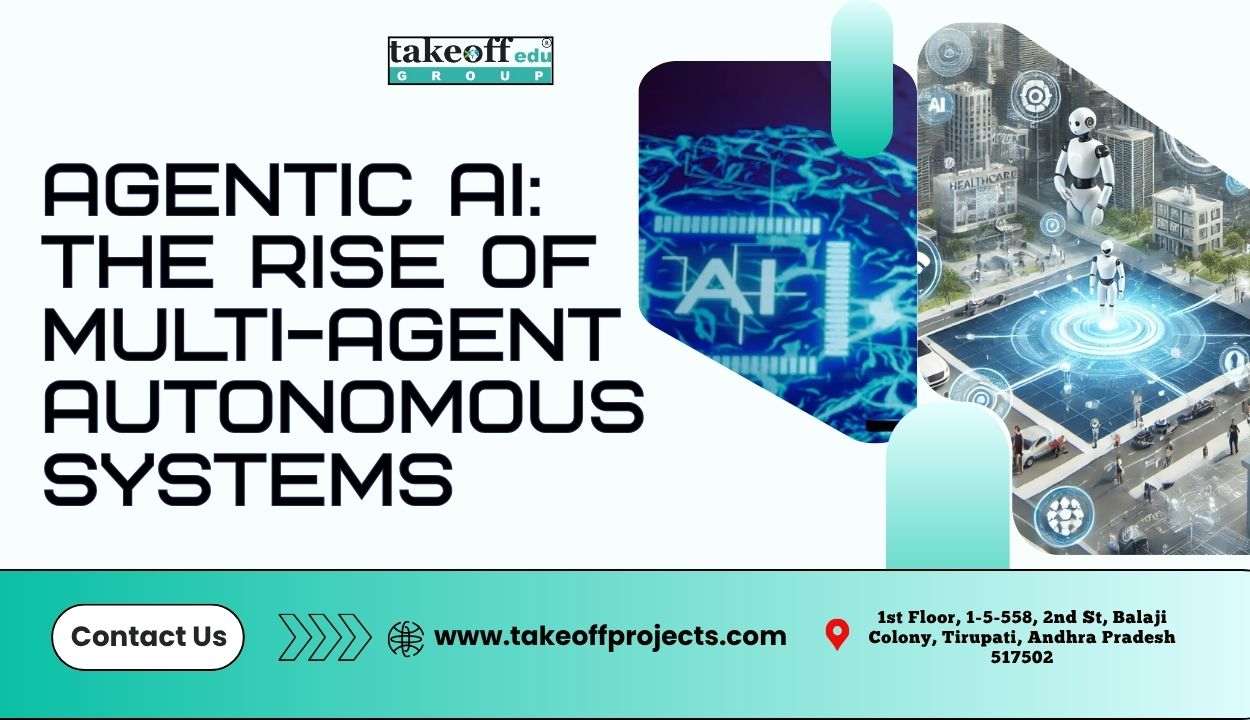 Agentic AI: The Rise of Multi-Agent Autonomous Systems
Agentic AI: The Rise of Multi-Agent Autonomous Systems 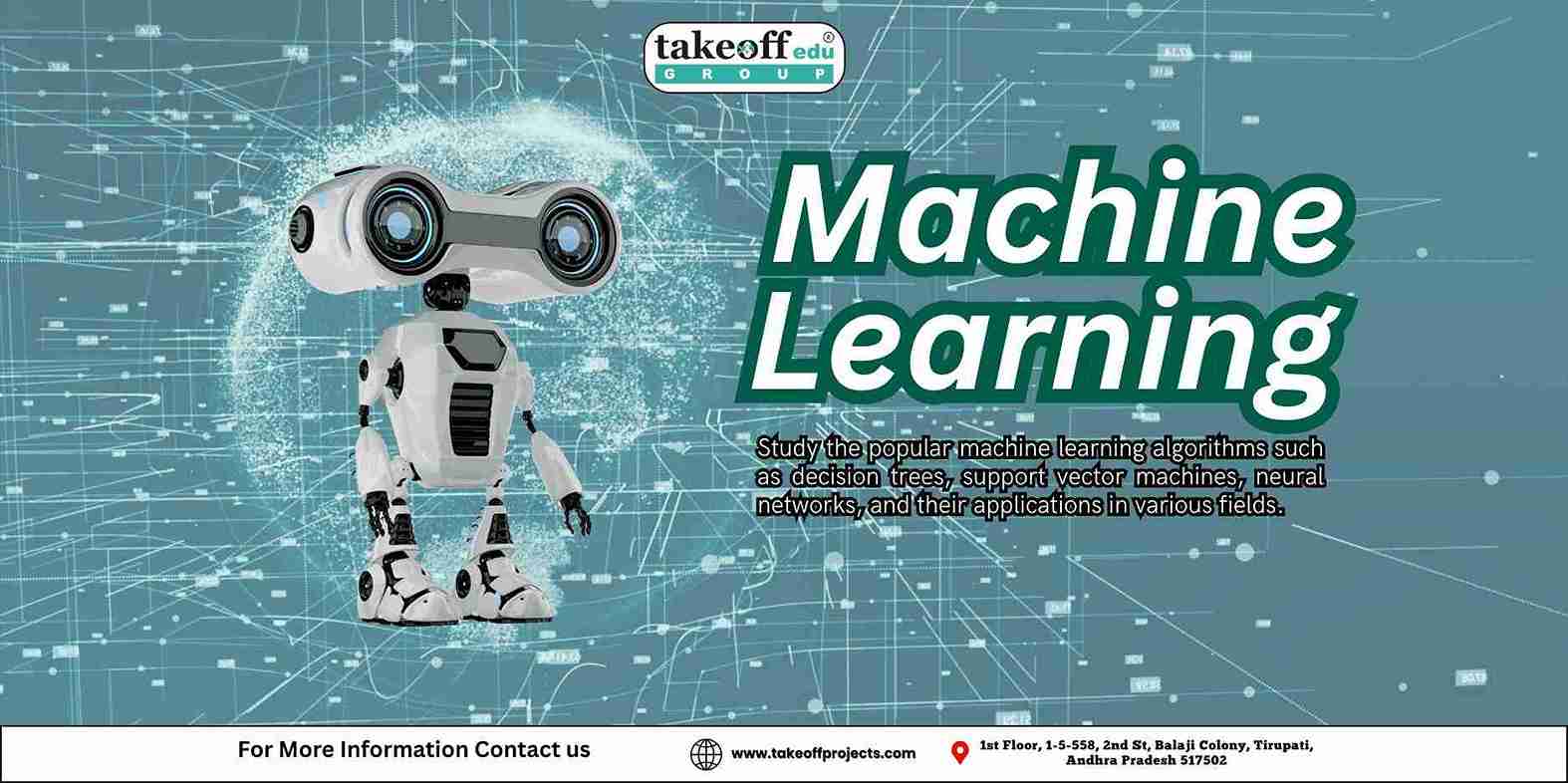 Machine Learning Projects
Machine Learning Projects 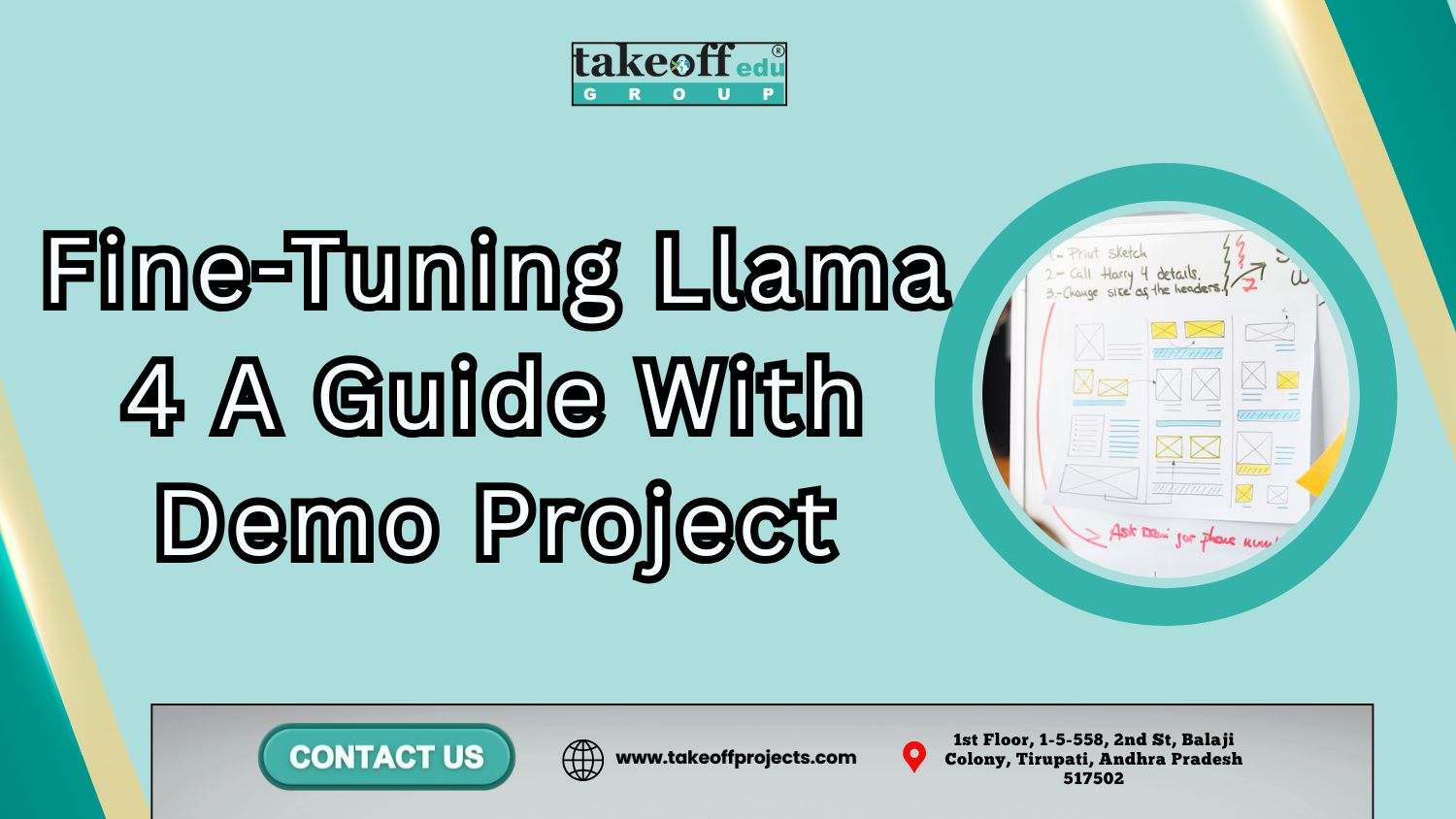 Fine-Tuning Llama 4 A Guide With Demo Project
Fine-Tuning Llama 4 A Guide With Demo Project  Top Advanced Machine Learning Projects for 2025
Top Advanced Machine Learning Projects for 2025 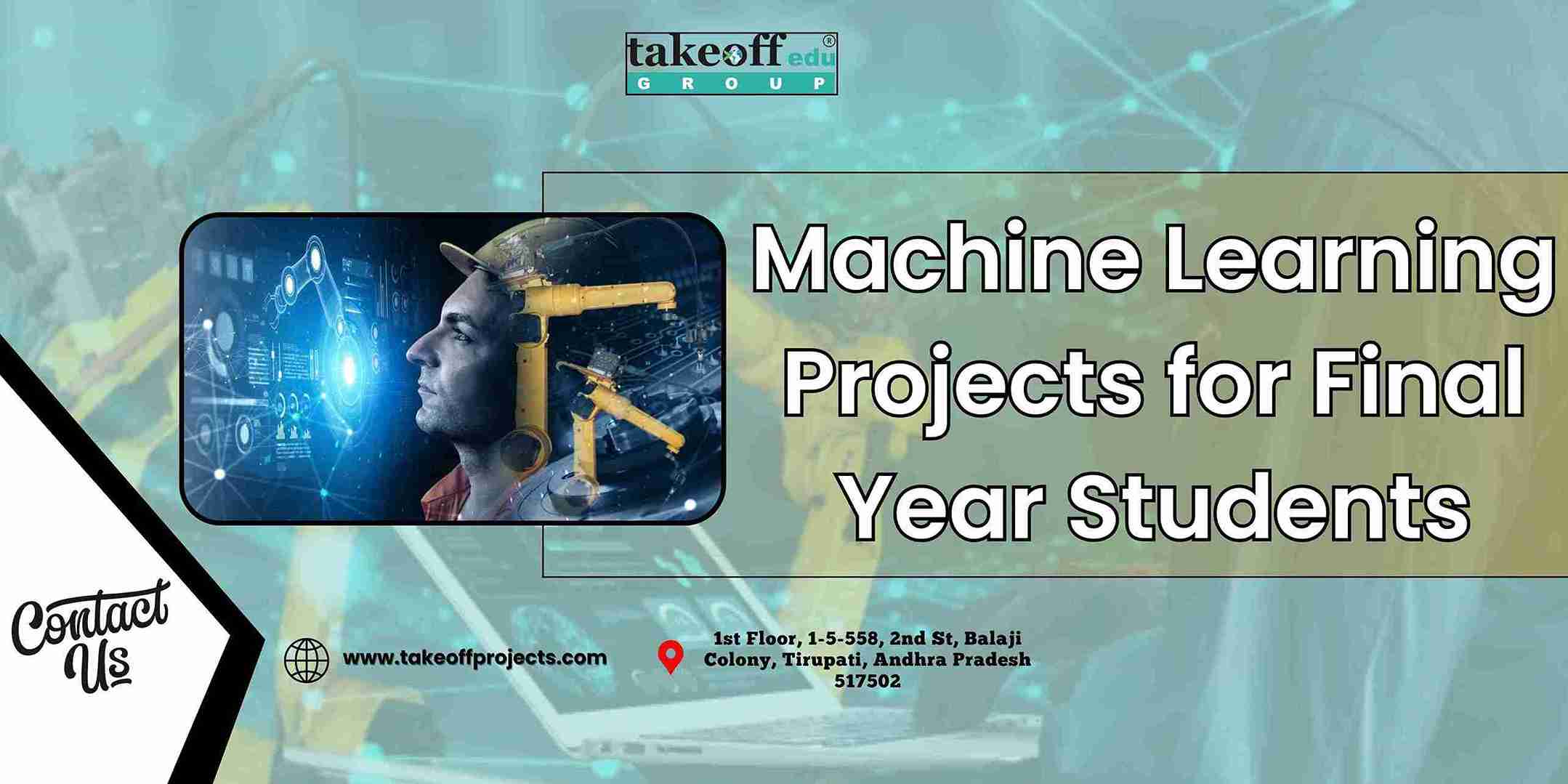 Machine Learning Projects for Final Year Students
Machine Learning Projects for Final Year Students 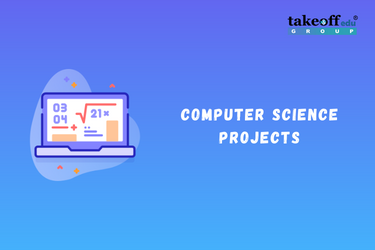 Computer Science Projects
Computer Science Projects 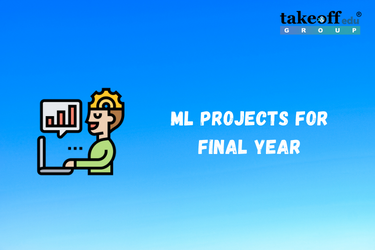 ML Projects for Final Year
ML Projects for Final Year  Project Ideas for BTech CSE
Project Ideas for BTech CSE  Mini Projects for Computer Science
Mini Projects for Computer Science  Major Project for CSE
Major Project for CSE  IEEE Projects for CSE
IEEE Projects for CSE  Latest CSE Projects Ideas & Topics for Engineering Students
Latest CSE Projects Ideas & Topics for Engineering Students  List of Final Year Projects for Computer Science 2022
List of Final Year Projects for Computer Science 2022  Top 6 Computer Science Engineering Projects
Top 6 Computer Science Engineering Projects 
 Paper Publishing
Paper Publishing


